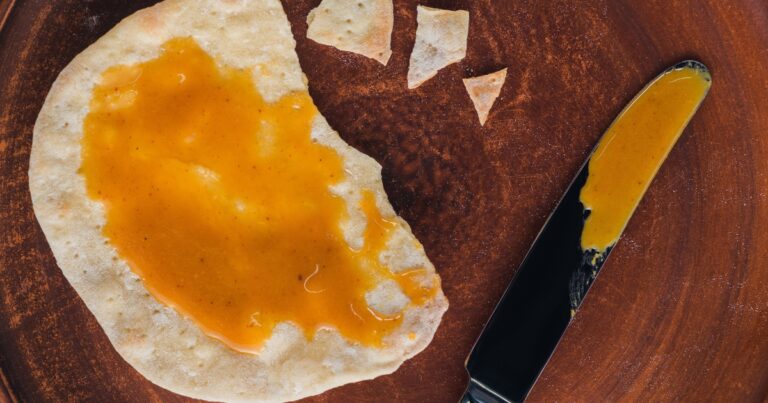How the ‘Internet of Things’ Could Help Save the Bees
How the ‘Internet of Things’ Could Help Save the Bees If you’re anything like me, the Internet of Things (or IoT) isn’t a term I…
How the ‘Internet of Things’ Could Help Save the Bees
If you’re anything like me, the Internet of Things (or IoT) isn’t a term I throw around in everyday conversation. To be honest, it was only through researching a new innovation developed in the English town of Cork that this idea was even brought to my attention. For anyone else equally in the dark, the IoT is the interconnection of computing devices (via the Internet) that are embedded in everyday objects. By connecting these objects and appliances to the Internet, they are able to send and receive data, responding to our needs as they ‘speak’ to one another.
Now that IoT has been explained, it’s likely that, even if you weren’t aware of this relatively new phenomenon, you were actually using it already. Everyday applications of the IoT include thermostats in your air conditioner that can be controlled externally, baby monitors that report on your child’s sleeping temperature and sleeping position, and wrist watches that act like smart phones. These technologies work to connect various devices via implanted sensors, software and electronics to exchange, collect, analyse and act upon data and information.
So how can the IoT be used in apiology? In 2017, a start-up company based right here in Cork established ApisProtect. Conceived by 26 year old electronic engineer and PhD student, Fiona Edwards-Murphy, this system uses the IoT and ‘big data’ to assist beekeepers with their hive management. Winning awards for its innovation, ApisProtect combines special sensors inside the hive, with machine learning and human beekeeping knowledge to identify diseases, pests and problems. This system enables 24/7 monitoring of bee hives so that keepers can respond to issues with their bees quickly, preventing bee losses and increasing productivity; the system also gauges the productivity of the colony, measuring pollination and honey production.
It’s always a pleasure to find out about new methods being developed to help bees across the world. Due to the huge losses of bees that have occurred in the past ten years known as Colony Collapse Disorder, a product like this one is sure to attract huge interest for larger scale beekeepers, predicting dysfunctional aspects of their colonies and helping them act quickly to save their bees.

